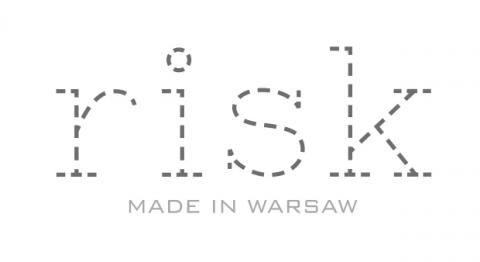
Risk Made in Warsaw is an innovative fashion and lifestyle brand that started in Warsaw in 2011. Since then the brand has become highly successful, both in Poland and other countries, but is now looking for new market opportunities. But how to market this brand to fashion lovers in the Netherlands and Denmark? How best to make use of online marketing and social media?
Three universities
This was the starting point for an interesting, but challenging project for students from Kozminski University, Amsterdam University of Applied Sciences and the Business Academy Aarhus. In three different countries student teams worked on the Risk Made in Warsaw project. They conducted research into markets and held interviews with the target audience. The students gained insights into consumer attitudes, brand preferences and the latest trends in fashion. Their findings and recommendations were presented at a special event at the company’s store in Warsaw.
The Kozminski students focused on strengthening Risk Made in Warsaw’s market position in Poland.
The Danish and Dutch students focused on market entry opportunities in Denmark and the Netherlands and how to build brand awareness and engage with the consumers.
Opportunities and challenges
Their findings confirmed that there are plenty of opportunities in the Netherlands and Denmark for creative fashion brands from Poland, such as Risk Made in Warsaw. For instance, there is growing consumer optimism in these countries and consumers resulting higher sales, but consumers put great value on quality, style and design. Furthermore, more and more people buy clothes online, which offers great opportunities for international fashion brands.
However, the students also identified a number of challenges for any international fashion brand to be taken into consideration. There is fierce competition on the fashion market. Any new brands has to be willing to think long-term and make considerable investments in building brand awareness and relationships with its target audience.
Cultural factors
Cultural factors are also important, as the students discovered. For example, online shopping is booming in the Netherlands. Yet, Dutch consumers prefer certain secure online payment methods through their own banks, which could be explained by a strong tendency towards uncertainty avoidance in Dutch culture.







